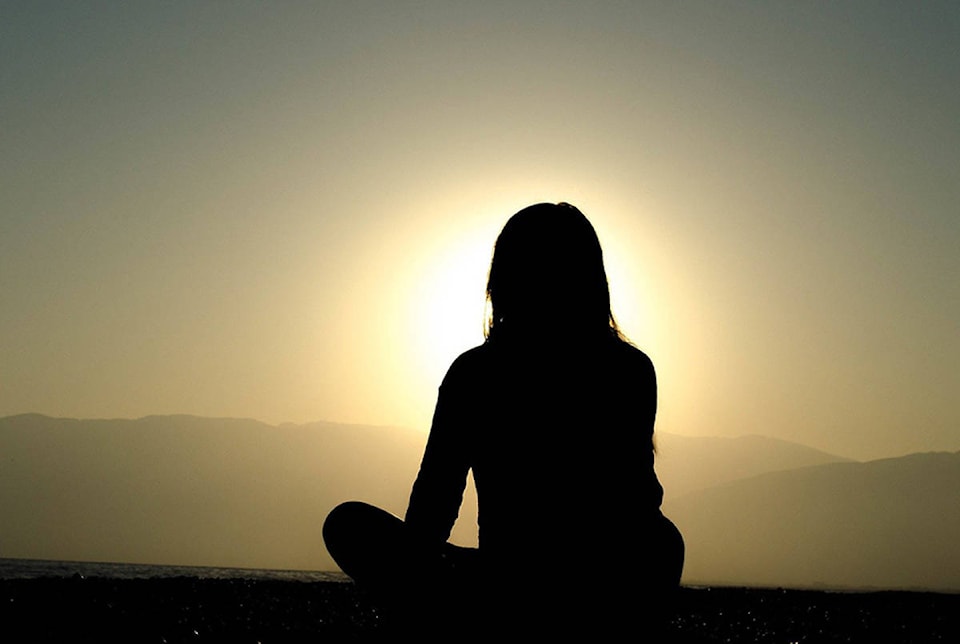Jade Harvey - Berrill
Stoked on Science
C is for Corona. I know, I know, you’re sick of hearing about this insidious virus.
Well, so am I. Neither am I resulting to talking about beer in my science articles, but instead an integral and mysterious part of our nearest star.
A mere 93 million miles away lies Sol, or Helios or better known to us, the Sun.
Like Earth, the Sun has an atmosphere. The outermost part is called the corona. Usually hidden by the bright light of the Sun’s surface it’s difficult to see without using special instruments.
However, during a total solar eclipse it becomes apparent as the halo like glow around the dark sphere - the last one was on Aug. 21, 2017, the next will be April 8, 2024. By then let’s hope the only corona we’ll be talking about then is the one related to the astronomical event.
During a total solar eclipse, the moon passes between Earth and the Sun. When this occurs, the bright light blocked by the moon allows us to see the glowing white corona. The Sun’s corona is a bit of an anomaly.
Imagine it’s cold out side and you’re sitting around a deliciously warm campfire. The minute you move away from the heat source you get cold right? Well the corona, at the edge of the Sun’s atmosphere (furthest away from the central heat source in the centre) is weirdly hundreds of times hotter than the centre.
And scientists still don’t really get why. A NASA mission called IRIS may have provided a possible answer – this mission discovered packets of very hot material labelled ‘heat bombs.’
These bombs travel from the Sun’s centre to the outer atmosphere.
Upon arrival at the corona, these heat bombs explode and release their energy as heat. I imagine it like those bath bomb things they sell at those shops that give me allergies, except instead of overwhelming scent you get second degree burns.
Mystery number two: the corona is also much dimmer than the centre (despite hotter things normally being brighter). Why? Well this in fact, the star nerds have figured out.
The corona is about 10 millions times less dense than the Sun’s surface, making it much less bright. Also, like Earth the surface of the Sun is covered in magnetic fields. The Sun gets coronal loops and streamers. They look like long exposure photos of sparklers, where you can write your name in lights.
We actually only get our fun natural Earth light shows due to the heat of the corona, spitting out particles at enormous speeds, generated by its incredible temperatures – ranging from 1.7 to 17 million degrees Celsius. The particles speed far out into space creating solar winds which then travel through our solar system, eventually hitting our magnetosphere and create the beauty of colours dancing in the sky.
If you’ve never seen them in person, put it on your bucket list to brave the north in winter and check them out.
In trying to Google this exact detail of the corona’s temperature, it took several pages of results to get past articles instructing how to test for a temperature for the other corona. Google couldn’t fathom that I wanted to take the temperature of the Sun.
So, I think it’s important to remember that the Earth keeps on spinning, us homosapiens will keep on briefly living and the Sun will keep on spitting radioactive particles at us – for the next five billions years at least anyway.
Wash your hands, don’t breathe on people. Don’t look directly at the Sun.
That’s science.
Jade Harvey-Berrill holds a BSc 1st Class HONS in Physical Geography. She is the director of Stoked on Science, a local science and outdoor education company where she delivers science and environment education programs in Revelstoke and across the Columbia Basin. For the past 10 years she has written and delivered science workshops and field trips in schools and she now creates after school recreation programs for the City of Revelstoke and runs the Columbia Basin Environmental Education Networks’ (CBEEN) Wild Voices programs. You can find her obsessing over rocks, annoying passers by telling them the age of local rocks and trying to show people her rock collection.
